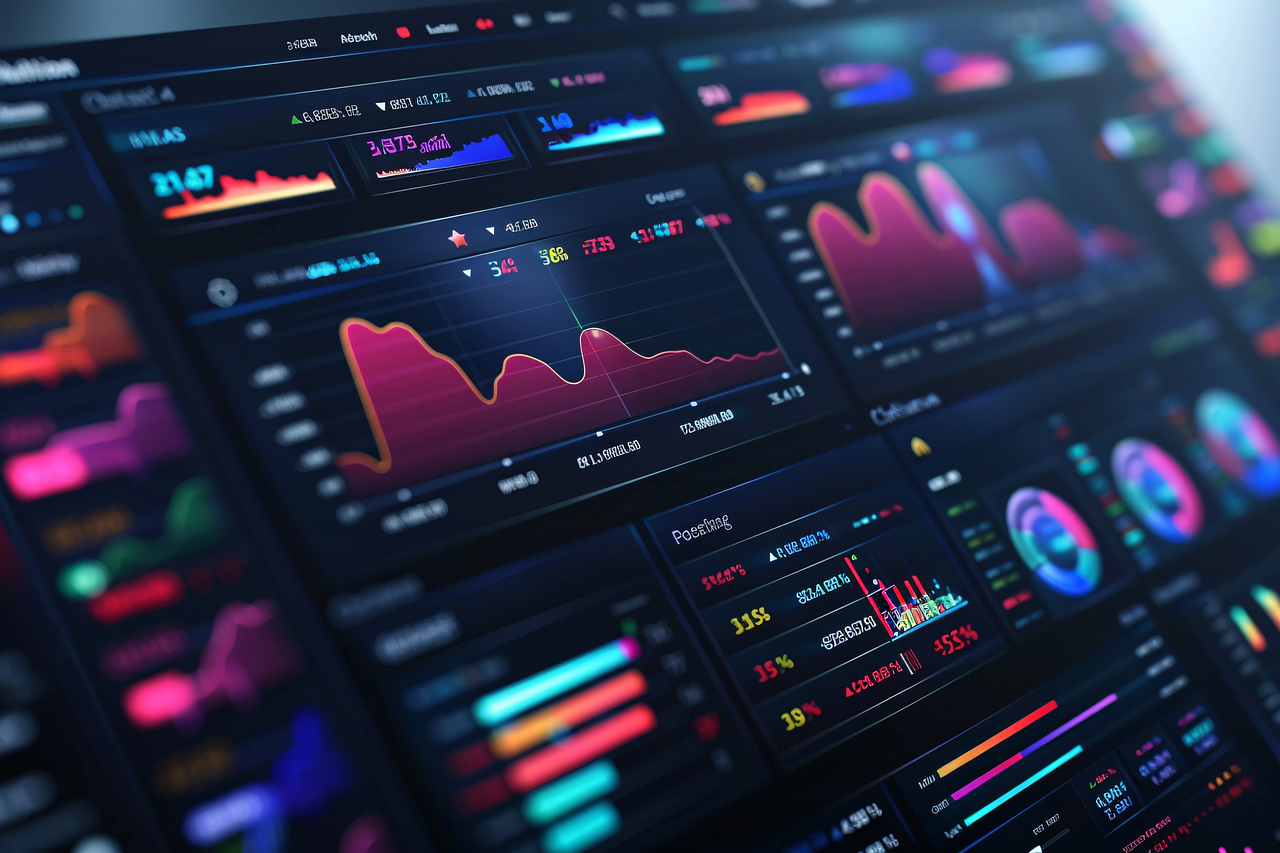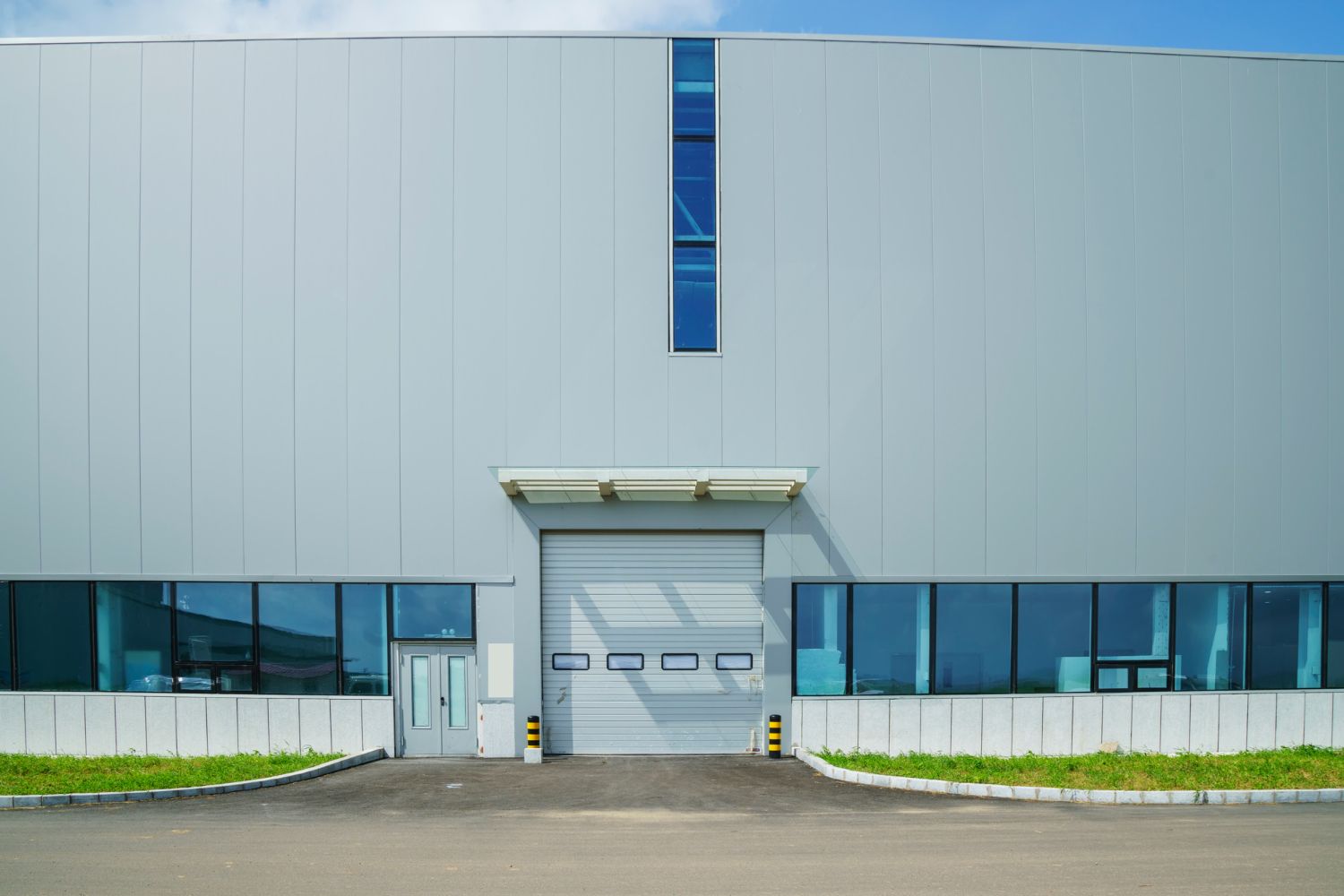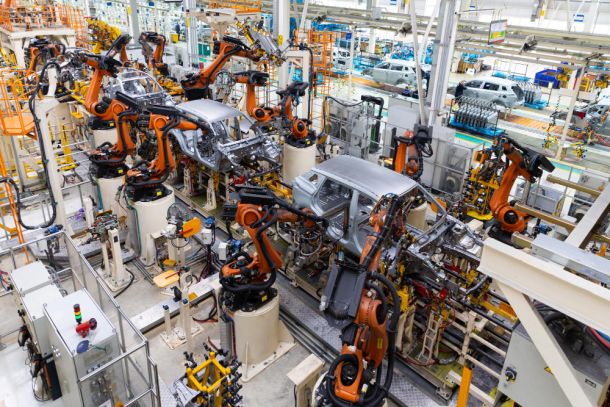Integrating Video Monitoring and Analytics: A Unified Dashboard for Production Optimization
The manufacturing landscape is undergoing a profound transformation, driven by the convergence of technology and a relentless pursuit of efficiency. Central to this evolution is the integration of video monitoring and analytics, which empowers organizations to gain unprecedented visibility into their production processes. By creating a unified dashboard that amalgamates real-time data from various sources, manufacturers can unlock a wealth of insights to optimize resource allocation, enhance productivity, and drive overall profitability.
Unifying Data for a Holistic View
To derive maximum value from video monitoring, it is imperative to integrate it with the existing production ecosystem. By seamlessly connecting video feeds with enterprise systems such as MES (Manufacturing Execution Systems), ERP (Enterprise Resource Planning), and PLM (Product Lifecycle Management), manufacturers can establish a comprehensive data foundation. This integration enables the collection and correlation of diverse data points, including equipment utilization, labor performance, production output, and quality metrics. Consequently, a unified dashboard emerges as a centralized hub, providing a holistic view of the production process.
Real-Time Analytics for Proactive Decision-Making
The marriage of video monitoring and advanced analytics gives rise to a powerful tool for proactive decision-making. By employing computer vision algorithms and machine learning, production vision computers can extract actionable insights from video streams in real-time. This capability is instrumental in optimizing production utilization rates by identifying idle equipment, bottlenecks, and inefficiencies. Moreover, real-time analytics facilitates the implementation of visual control production, where operators can instantly visualize key performance indicators (KPIs) and take corrective actions.
Beyond operational efficiency, video analytics plays a pivotal role in ensuring product quality. By meticulously inspecting products at various stages of the production process, computer vision systems can detect defects and anomalies with unparalleled accuracy. This proactive approach to quality control not only prevents the propagation of defective products but also safeguards brand reputation and customer satisfaction.
Data Visualization for Enhanced Decision Making
The efficacy of a unified dashboard hinges on its ability to present complex data in a readily understandable format. Through the judicious use of interactive visualizations, such as charts, graphs, and heat maps, manufacturers can uncover hidden patterns, trends, and correlations. This visual representation empowers decision-makers to quickly identify areas for improvement, optimize resource allocation, and make data-driven adjustments to production schedules.
By tracking equipment utilization rates in real-time, manufacturers can pinpoint underutilized assets and implement strategies to maximize their productivity. Furthermore, analyzing labor performance metrics can help optimize workforce allocation and identify training needs. The ability to visualize production data at a granular level facilitates the identification of bottlenecks and the implementation of countermeasures to streamline the production process.
Case Studies: Real-World Successes
A growing number of manufacturing organizations are reaping the benefits of video monitoring and analytics. For instance, automotive manufacturers have successfully employed these technologies to optimize assembly line efficiency, reduce defects, and improve overall equipment effectiveness (OEE). In the electronics industry, video analytics has been instrumental in enhancing product quality, preventing defects, and minimizing rework.
The Future of Video Monitoring
The future of video monitoring is characterized by continued innovation and the integration of emerging technologies. Advancements in artificial intelligence (AI) and machine learning will propel video analytics to new heights, enabling predictive maintenance, autonomous quality control, and intelligent automation. As production environments become increasingly complex and interconnected, the role of video monitoring in driving operational excellence will only grow in significance.
In essence, video monitoring and analytics are catalysts for transformative change in manufacturing. By harnessing the power of visual data and intelligent algorithms, organizations can forge a path towards operational excellence. The fusion of these technologies empowers businesses to optimize processes, elevate productivity, and ultimately, achieve sustainable competitive advantage.












